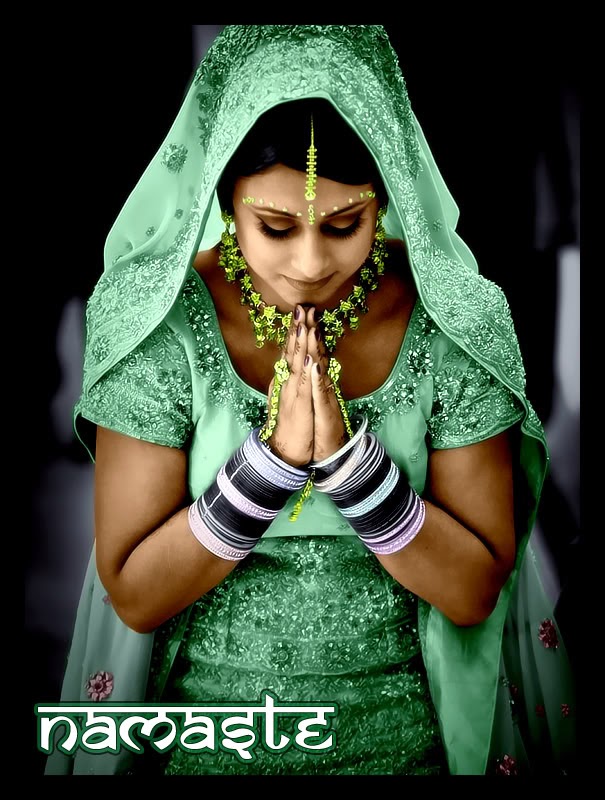Best wishes for the Childern's Day! On this day, lets talk about Child Behaviour
Thirukkural* written by Thiruvalluvar more than 5000 yrs ago, but not even One Kural of total 1337 have become irrelevant now. It's one of the ancient science on Human behaviour, which has not changed in-spite of environment & technology !
Thirukkural* written by Thiruvalluvar more than 5000 yrs ago, but not even One Kural of total 1337 have become irrelevant now. It's one of the ancient science on Human behaviour, which has not changed in-spite of environment & technology !
SOME GOLDEN THOUGHTS TO PONDER :-
- If your child lies to you often, it is because you over-react too harshly to their inappropriate behaviour.
- If your child is not taught to confide in you about their mistakes, you've lost them.
- If your child had poor self-esteem, it is because you advice them more than you encourage them.
- If your child does not stand up for themselves, it is because from a young age you have disciplined them regularly in public.
- If your child takes things that do not belong to them, it is because when you buy them things, you don't let them chose what they want.
- If your child is cowardly, it is because you help them too quickly.
- If your child does not respect other people's feelings, it is because instead of speaking to your child, you order and command them.
- If your child is too quick to anger, it is because you give too much attention to misbehaviour and you give little attention to good behaviour.
- If your child is excessively jealous, it is because you only congratulate them when they successfully complete something and not when they improve at something even if they don't successfully complete it.
- If your child intentionally disturbs you, it is because you are not physically affectionate enough.
- If your child is openly defied, it is because you openly threaten to do something but don't follow through.
- If your child is secretive, it is because they don't trust that you won't blow things out of proportion.
- If your child talks back to you, it is because they watch you do it to others and think its normal behaviour.
- If your child doesn't listen to you but listens to others, it is because you are too quick to make decisions.
- If your child rebels it is because they know you care more about what others think than what is right or wrong.
Change starts at home. Try a few if not all and see the sea change in the relations.
-Dr. Riddhish K. Maru, Psychiatrist
Here your child is to be read as our child.
* Thirukkural is a classic Tamil sangam literature. To know more you can visit:
http://en.wikipedia.org/wiki/Tirukkural
#Child #Thirukkural #Behaviour #Psychology #Kural
* Thirukkural is a classic Tamil sangam literature. To know more you can visit:
http://en.wikipedia.org/wiki/Tirukkural
#Child #Thirukkural #Behaviour #Psychology #Kural










